“A friend of mine has lost a lot of weight on the 16:8 diet so I’m keen to give it a go. The difficulty is I’m not sure what the diet involves and what I can eat. Any tips would be appreciated.”
Clinical Nutritionist, Suzie Sawyer, answers.
What is the 16:8 diet?
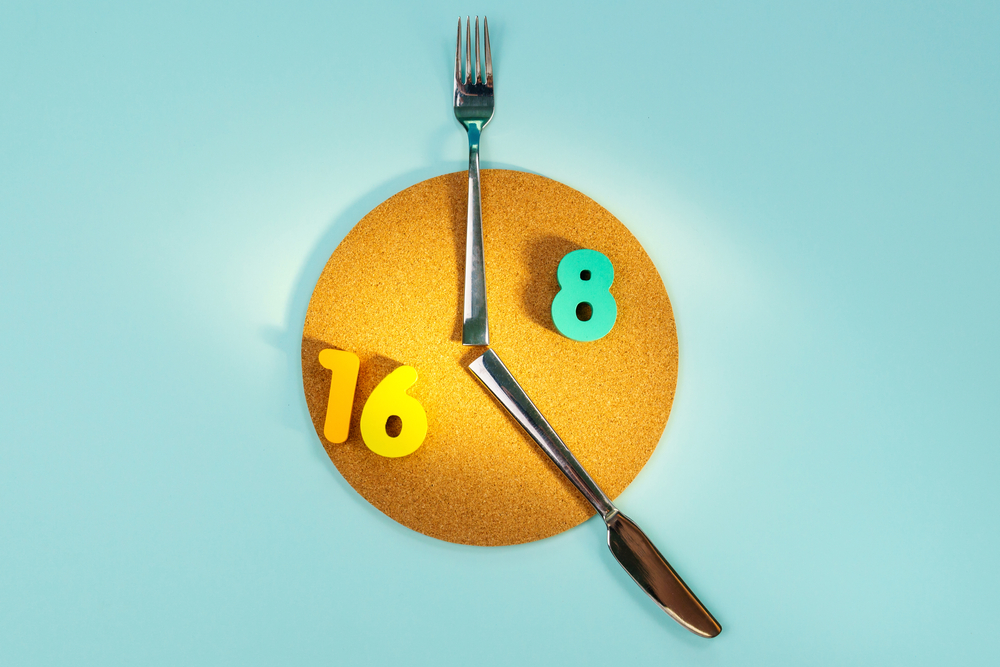
In a nutshell, the 16:8 diet is a form of intermittent fasting where you break the day into two parts: a 16-hour and an 8-hour period. People who follow this eating plan fast for 16 hours a day (except for water and unsweetened soft drinks and other drinks without added milk) and consume their calories during the remaining 8 hours.
There are no restrictions on the types or amounts of food that you can eat during the 8-hour window, although it makes sense not to take in excessive calories during this time (see below). However, the flexibility of the plan makes it quite easy to follow.
How does it work?
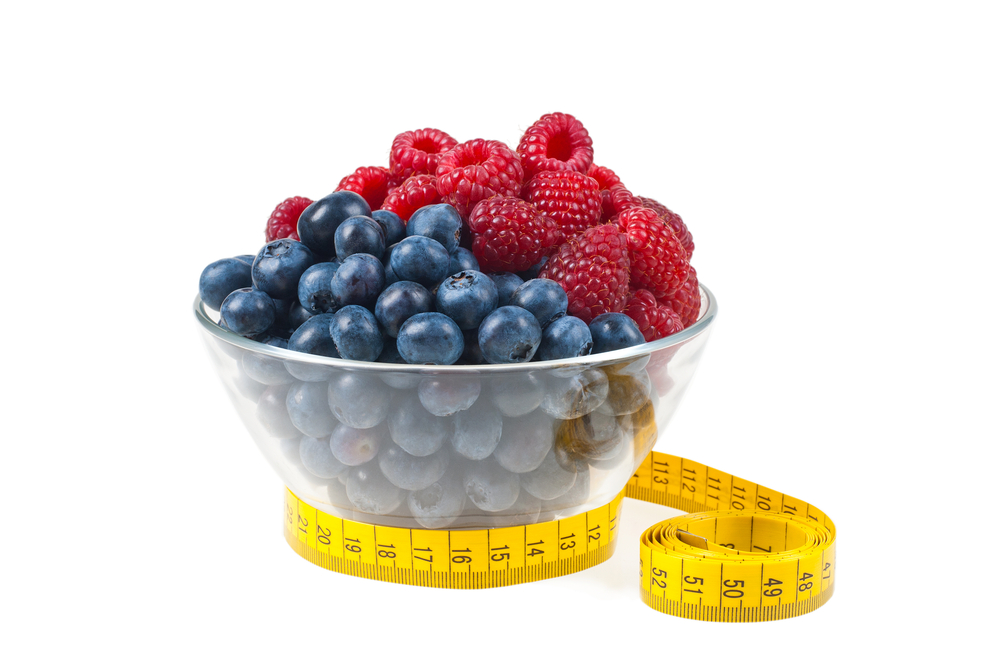
This plan works for weight loss as it helps you eat fewer calories overall while boosting metabolism slightly. Indeed, it’s an effective tool for losing weight and visceral fat. After hours without food, the body exhausts its sugar stores and starts burning fat, sometimes referred to as ‘metabolic switching’. This switch is a natural process that happens when the body runs out of energy from food.
The body changes its energy source from glucose that’s stored in the liver to ketones, which are also produced in the liver. While the body is getting its energy from glucose, it’s maintaining or gaining weight and when the switch happens, we can lose weight.
Importantly, during the fasting period, the body is not challenging the insulin response that automatically kicks in when we eat something, but even more so when we eat high-sugar foods. Insulin is a fat-storing hormone, so that’s another reason why this plan is effective.
What can you eat?
One of the positives of the 16:8 is that you can eat anything you want so there’s no difficult meal planning to do. Plus, meat-eaters, vegetarians and vegans can follow the plan. However, it’s important to choose whole foods as well as those high in nutrients during the eating period. Some people fail the 16:8 diet by packing in too many calories into the 8-hour period.
The following are great choices, but this list is certainly not exhaustive:
Whole grains
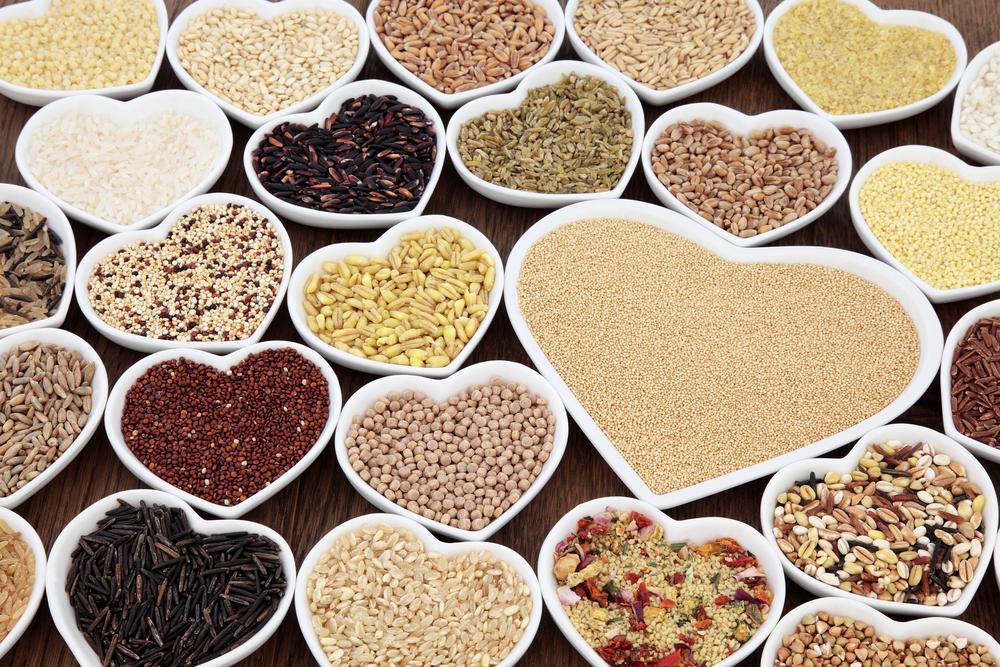
Rice, oats, barley, wholegrain pasta, buckwheat, and quinoa.
Protein
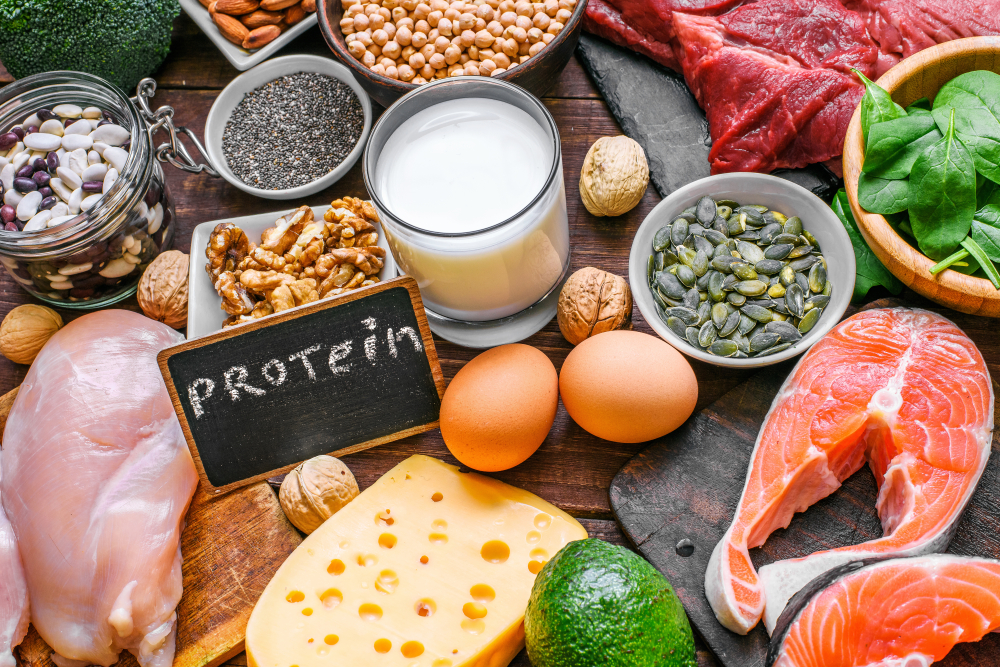
Meat, poultry, fish, eggs, dairy, beans, lentils, nuts, and seeds.
Fruit
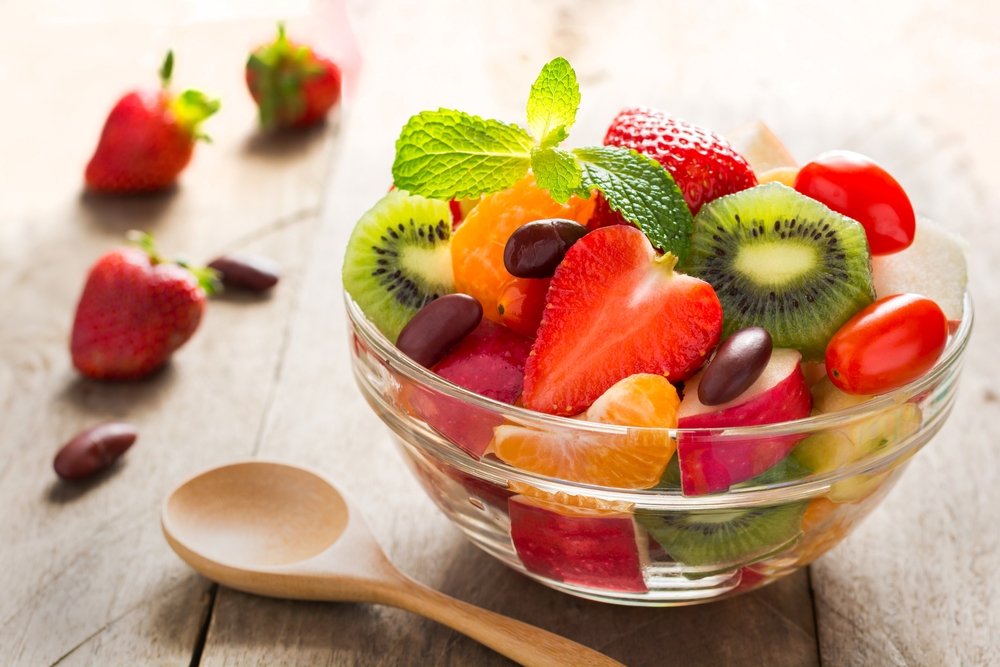
Apples, bananas, berries, oranges, and pears.
Vegetables
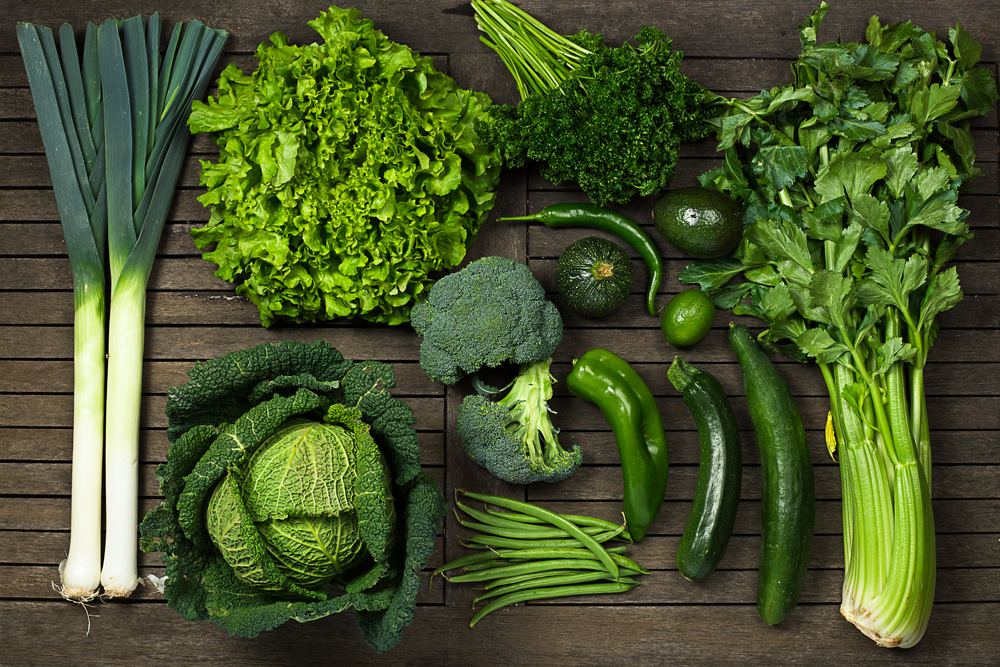
Broccoli, spinach, and other leafy greens.
Hopefully, this will help you to follow the plan. The body can quickly become used to this diet but it’s best to stick to it rather than chopping and changing. Essentially the body likes routine. Good luck!

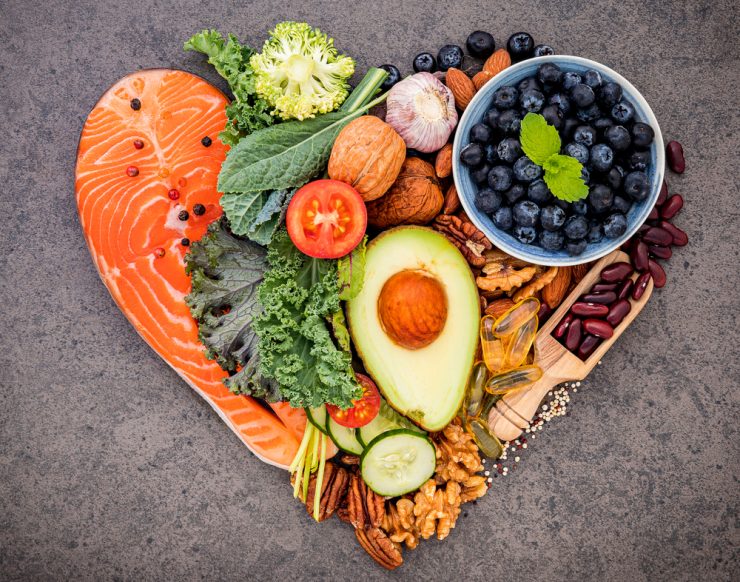

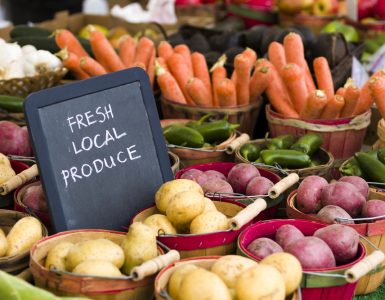


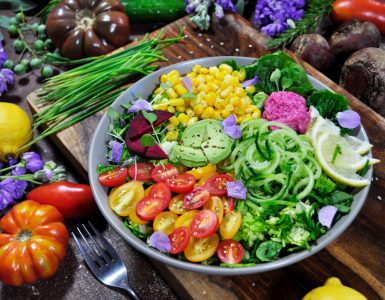

















Add comment